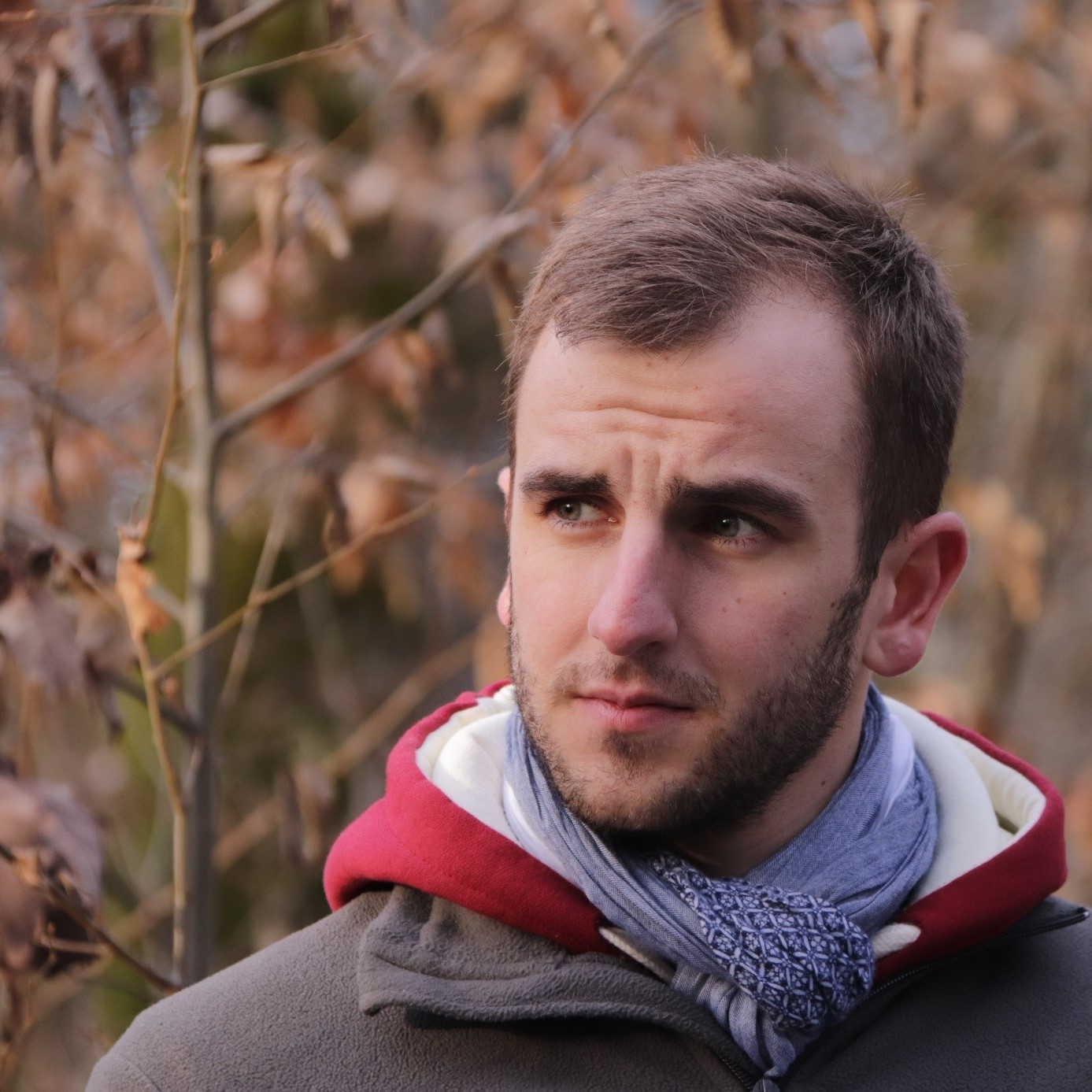Gestion forestière integrée des insectes ravageurs : exemple par l’étude de la niche écologique du hanneton forestier (Melolontha hippocastani Fabr. 1801)
Published in Revue Forestiere Francaise Vol. 71 No 6; 553-567, 2019
Abstract:
During the last ten years, an increase in the damage attributable to the forest cockchafer (Melolontha hippocastani) has been observed in various French forests. They consume the roots and kill seeded plants and seedlings. They are also suspected of being a supplementary factor in forest dieback. This is the context in which three studies were set up in the forests of the Northern Vosges in 2014, 2018 and 2019. This article sums up the results obtained. Sandy soils appear to be the most favourable for this species. The dense vegetation of the low shrub stratum induces negative effects on egg-laying. In contrast, mixed stands (hardwoods- softwoods) with a predominance of oak are the most favourable in terms of frequency of egg-laying and numbers of grubs in the soil. Finally, opening up the canopy appears to play a positive role on the choice of egg-laying sites. At the end of the article, we discuss possible silvicultural rules that can be recommended.
